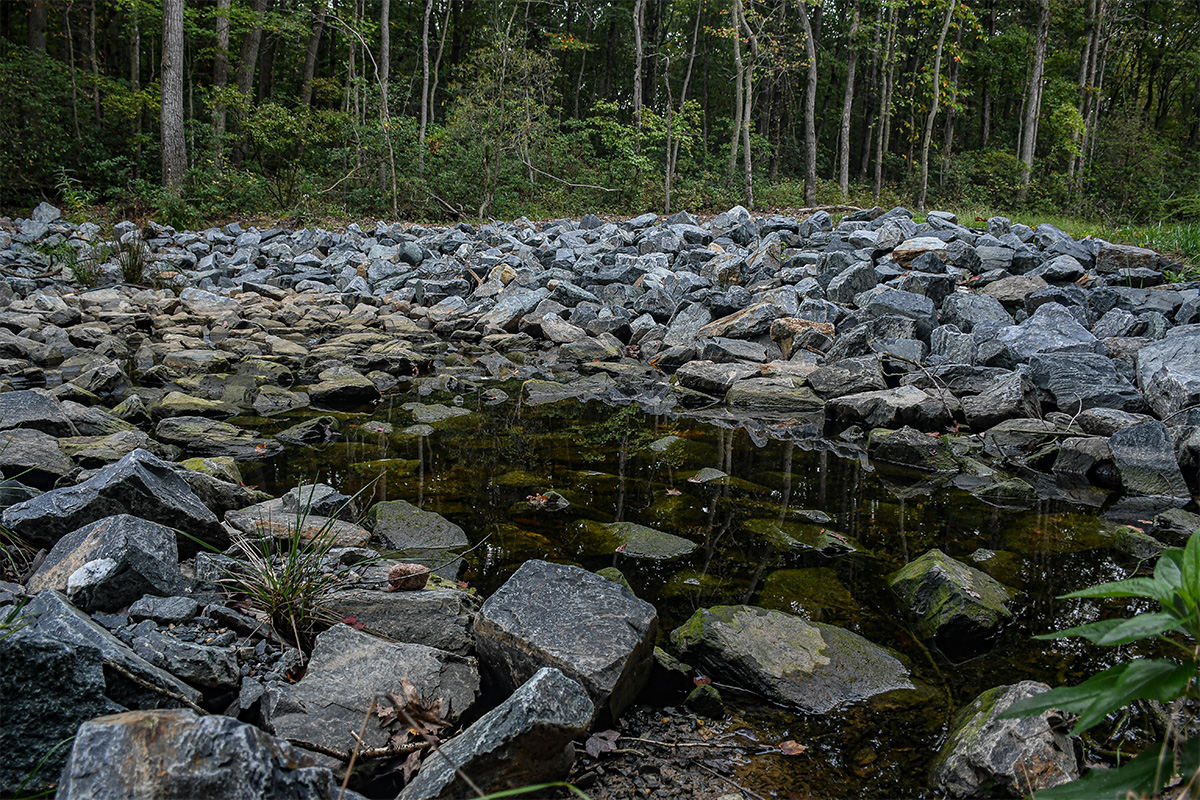Severe drought has settled in Baltimore County for the past six months with no end in sight, a worrying trend as warmer months approach, climate experts said.
As summer draws closer, residents may see their water bills rise and water restrictions for lawn care take effect. Water-based activities may also operate at a reduced capacity, altering the idea of what summer fun might mean for some Baltimore County residents.
“I think it’s important for Marylanders to realize that we are in drought conditions and even if it doesn’t have immediate impacts on your day-to-day actions, to take into account as we’re going through our summer activities,” Greg Busch, manager of the Water Supply Program at the Maryland Department of the Environment, said.
Although there are currently no water-shortages in Maryland, Busch is actively monitoring drought conditions with the rest of his team and urging water conservation while there is still adequate water supply.
A voluntary water restriction for the Baltimore-area was issued Thursday by the Baltimore City Department of Public Works due to low levels at a primary drinking water source. Bordering counties to the service area also have voluntary restrictions in place. Some water conservation efforts the press release suggested was reporting water main breaks, avoiding washing vehicles, turning off the tap while brushing teeth or shaving and postponing watering lawns.
“We are urging all residents and businesses to voluntarily conserve water to help preserve our regional water supply,” said Mayor Brandon M. Scott in the press release. “By taking collective action now, we are trying to mitigate the need for more stringent measures in the future.”
The NOAA drought monitor has five classifications for drought, ranging from abnormally dry up to exceptional drought. Drought occurs when a lack of precipitation over a period of time leads to a water shortage, National Weather Service Eastern Region observing and climate services manager Chris Stachelski said.
Starting in Western Maryland, the drought has now settled in Central Maryland, which includes Baltimore and is the most populated area in the state.
Drought is widespread in Maryland, with the U.S Department of Agriculture designating 18 Maryland counties as primary natural disaster areas for drought in an April 10 press release. This designation allows the Farm Service Agency, within the USDA, to give emergency loans to farmers that are recovering from drought.
This is one of the longest droughts to hit Baltimore County since the early 2000s, when drought conditions were triggered by a hot dry summer and lack of precipitation throughout the year. The conditions for this year’s drought began in 2023, which had the third driest May on record, the NWS reported.
Throughout the following months there were cycles up and down of dryness and wetness, but even increased precipitation was not able to spur recovery.
“It’s a tough pattern to break because really the drought now is kind of a compounding effect of what’s happened over the last two years,” Stachelski said.
Addressing drought is a community effort according to Kelly Smith, the assistant director of the National Drought Mitigation Center at the University of Nebraska, Lincoln.
Because drought can lead to poor air quality, and often coincides with heat waves in urban areas, Smith recommends using trees and landscaping to keep the environment cooler. She also suggests utilizing native plants that are drought resistant and to manage the amount of water used on a resident’s lawn. Farmers should focus on not overgrazing on their land and making sure they are rotating crops and livestock.
Stachelski also suggests watering lawns in the evening or the morning for lower water consumption.
Rainfall over the next few months is essential to mitigating the effects of the drought in the county, according to Stachelski.
“[If] the precipitation doesn’t turn around, I would say in the next few months, you could have even more problems by later in the summer into the fall,” he said.

